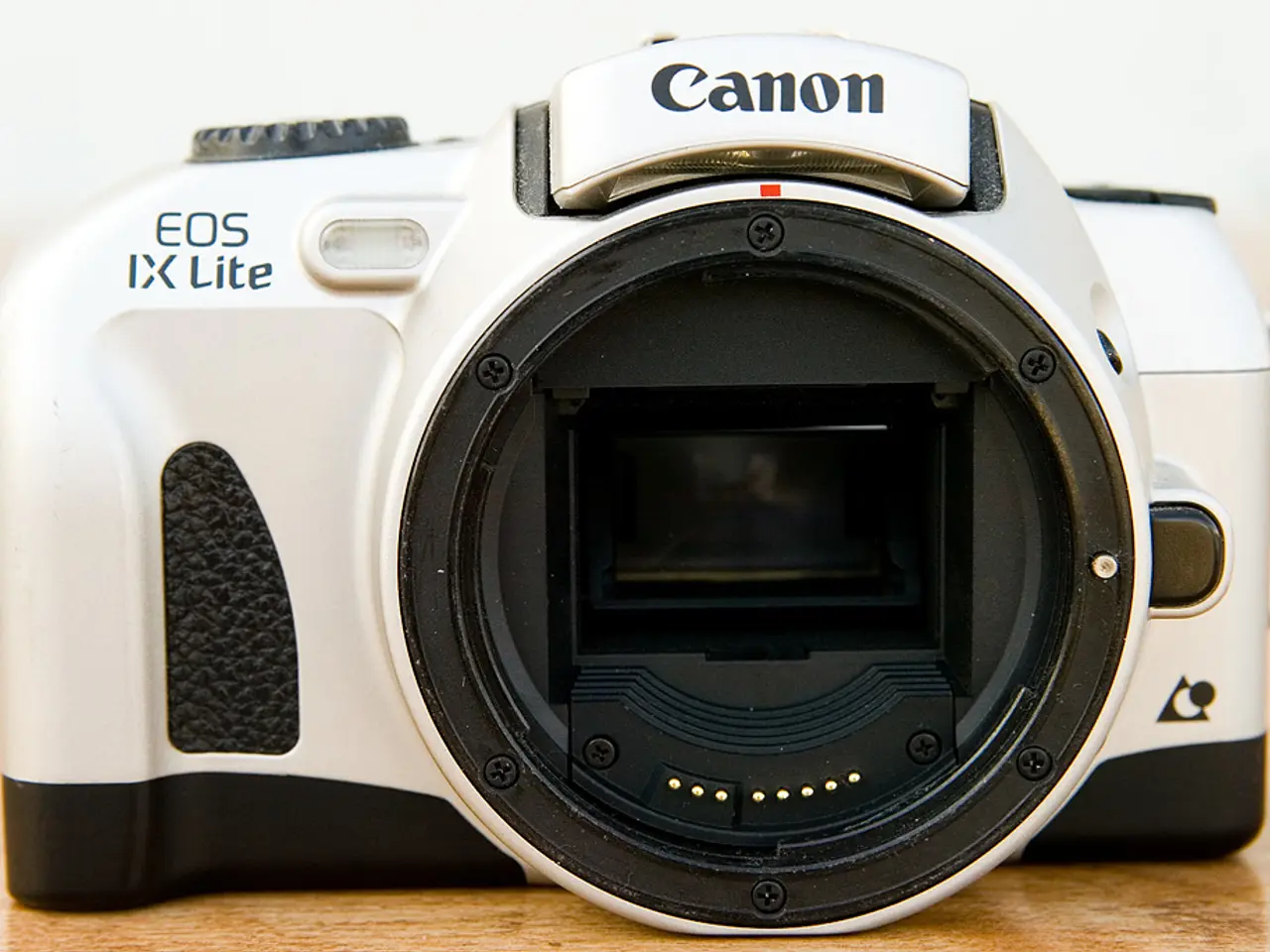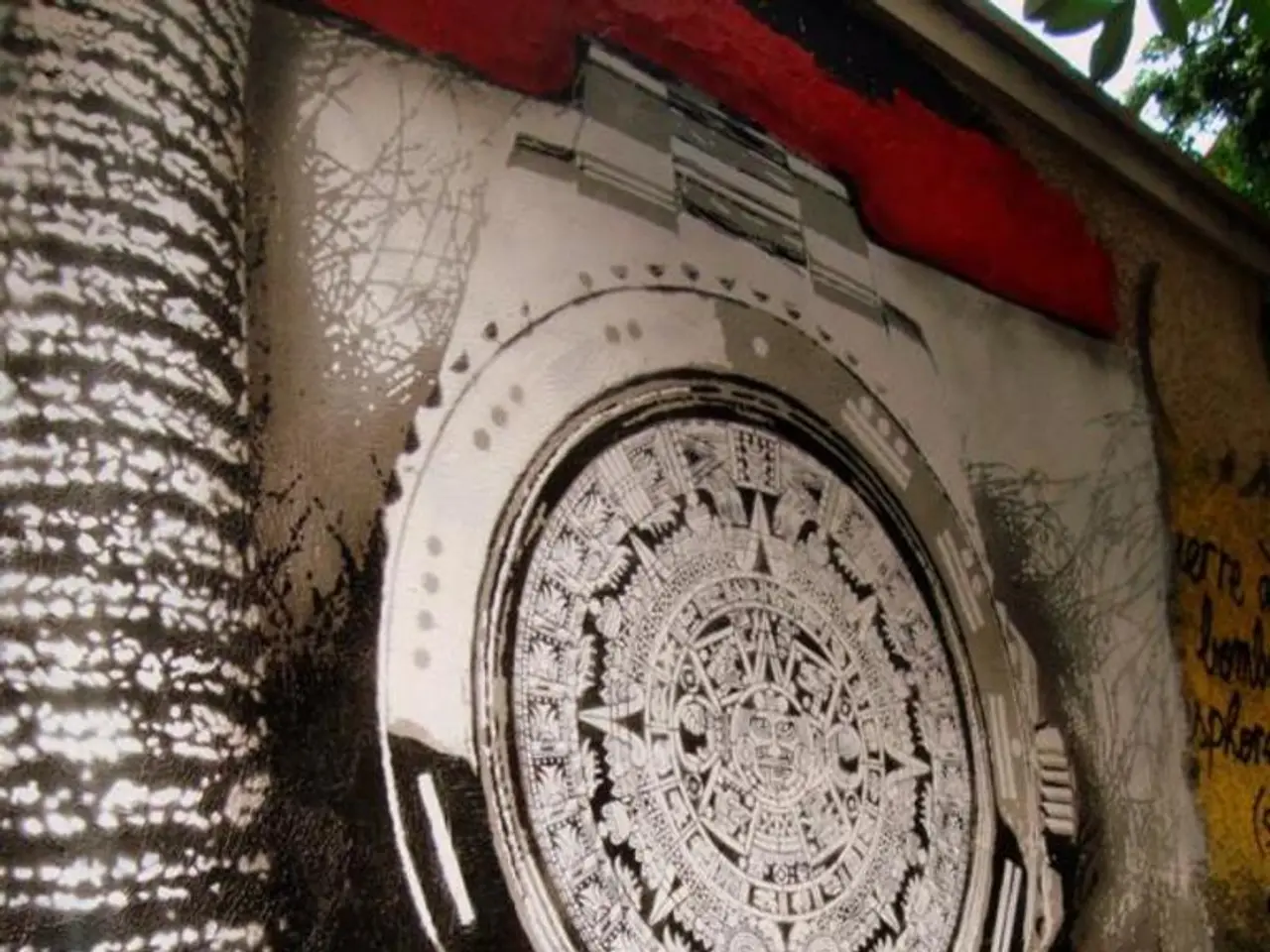Canon's New Model EOS R5C Unveiled: Preliminary Perspectives and Evaluation
**Canon EOS R5 C: A Game-Changer in Hybrid Photography and Cinematography**
The Canon EOS R5 C, the latest addition to Canon's mirrorless camera lineup, has been designed with a focus on high-end video production, boasting impressive features and improved thermal management.
One of the standout features of the EOS R5 C is its ability to shoot **8K footage at 60fps in 12-bit Cinema RAW Light format**, a significant upgrade from the Canon EOS R5's 8K 30p internal recording. The EOS R5 C also supports **4K 120p recording**, **HDMI RAW output**, and the simultaneous recording of two independent video files, such as Cinema RAW Light and MP4.
To ensure uninterrupted recording, the EOS R5 C is equipped with an active cooling system, a key distinction from the EOS R5. This system allows the EOS R5 C to sustain high-resolution and high-frame-rate video capture without thermal shutdown, eliminating the recording time limits that plagued the EOS R5.
In terms of physical design, the EOS R5 C is modelled on the EOS R5 body and features a fan for additional cooling. This results in a slightly increased weight and size, and the battery grip from the EOS R5 is compatible, adding more bulk if desired.
The EOS R5 C is a hybrid mirrorless camera, combining features from the EOS R5 and Canon C70 cinema camera. It uses the LP-E6 battery, but drains them quickly in cine mode due to the cooling fan, especially when shooting in 8K.
The EOS R5 C's interface in video mode is different from traditional Canon cameras, requiring some adjustment. However, it offers a power dial with three positions: Off, Photo, and Video, making it easier to switch between modes.
While the EOS R5 C shares a similar body design with the R5, it is not compatible with typical Canon EOS R5 housings due to its deeper design. This may require custom solutions or adjustments for underwater photography enthusiasts.
Despite these differences, the EOS R5 C is capable of producing high dynamic range content with Canon Log 3, PQ and HLG capture, and includes Cinema EOS functions such as Waveform Monitor, False Colour, Timecode and more. This makes it a suitable hybrid photo and video camera for those seeking a single package optimized for both roles.
In summary, the Canon EOS R5 C is specifically optimized for high-end video production with better thermal management and pro video features, while the EOS R5 is more of a hybrid focusing on both stills and video but with some video limitations due to overheating. Underwater housing compatibility likely favors the R5 with established accessories, but the R5 C’s robust sealing may allow for specialized or adapted solutions.
- The Canon EOS R5 C's impressive 8K footage at 60fps in 12-bit Cinema RAW Light format, along with its support for 4K 120p recording and HDMI RAW output, makes it an excellent gadget for high-end photography and cinematography.
- In underwater photography, the Canon EOS R5 C might require custom solutions or adjustments due to its deeper design and potential incompatibility with typical Canon EOS R5 housings.
- The EOS R5 C's interface in video mode is distinct, requiring some adjustment, yet it offers a power dial with three positions, making it more convenient to switch between modes.
- Technology enthusiasts might appreciate the EOS R5 C's enhanced color capabilities, such as Canon Log 3, PQ, and HLG capture, along with its Cinema EOS functions like Waveform Monitor, False Colour, and Timecode.
- The focus on high-end video production in the Canon EOS R5 C, including improved thermal management and pro video features, sets it apart from the Canon EOS R5, which is more of a hybrid camera aiming to balance both stills and video but with video limitations due to overheating.



